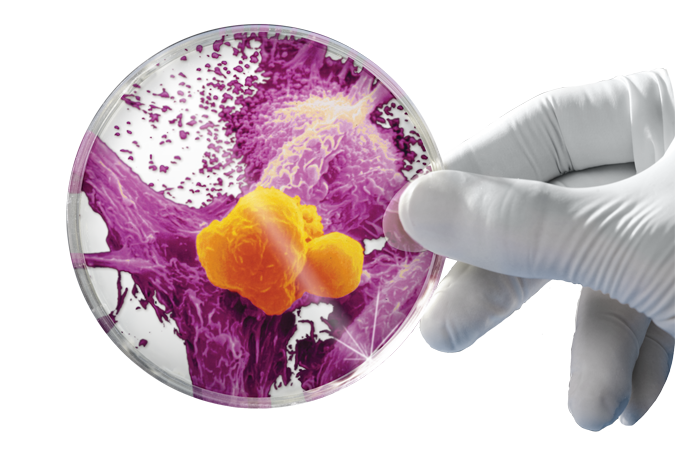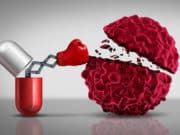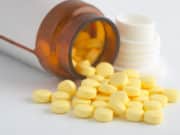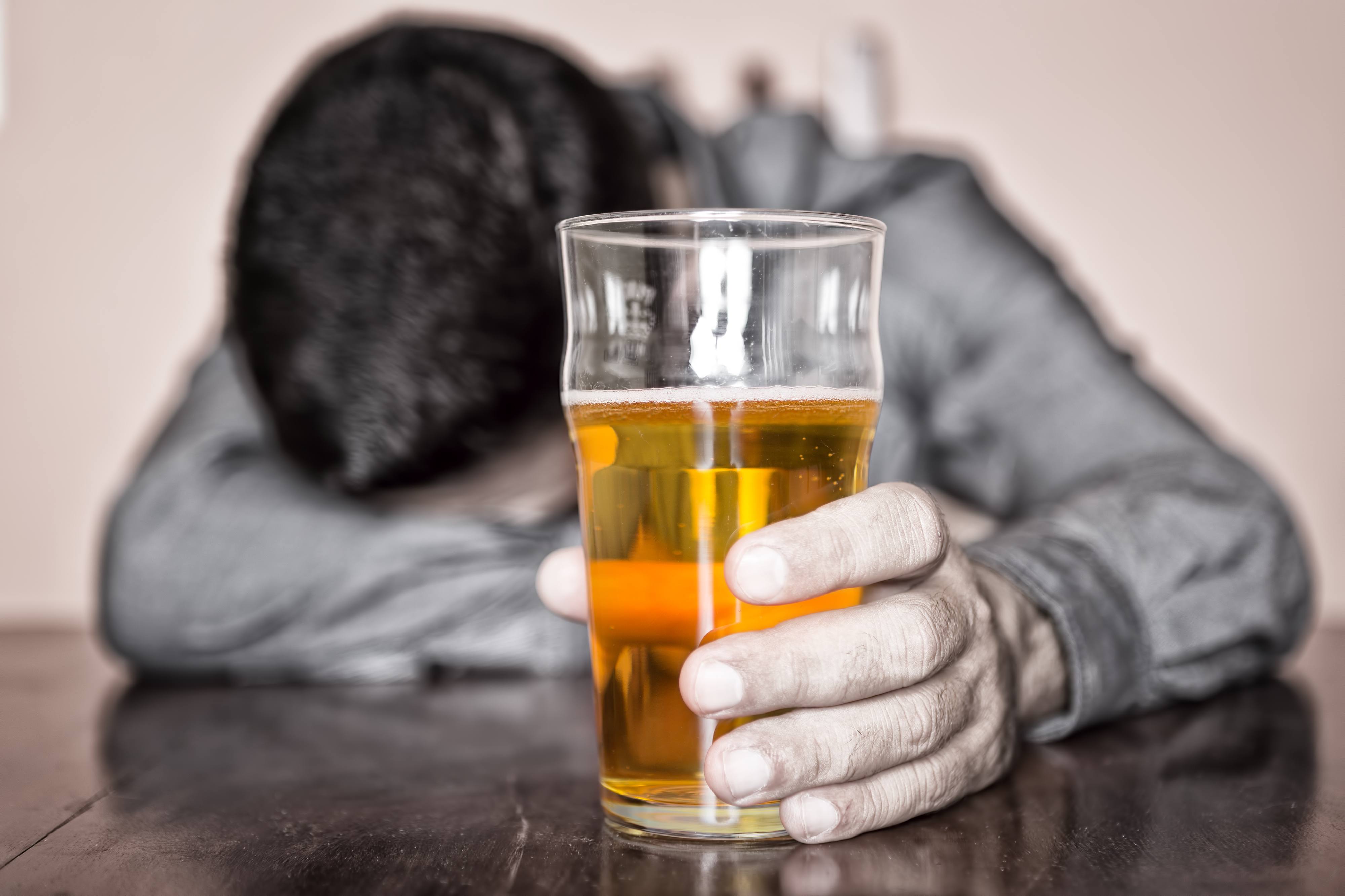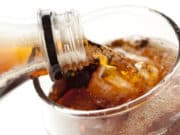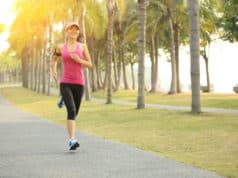Adolescents are the fastest growing population of caffeine users. The latest studies show over 80 percent of teens consume caffeinated beverages regularly, nearly 99 percent partake of the legal drug occasionally. This can be particularly troubling considering the exacerbating impact the substance can have on common behavioral disorders. It can be a difficult but noble endeavor to help your teen ween his caffeine usage to a reasonable or safe amount. Here are three things to know that will help you in your pursuit.
They use it for studying.
In a recent study published in the Journal of Nutrition Education and Behavior, researchers found that many teens said they drink caffeine to feel more alert so they will be able to study better. The study investigated 166 young people, of whom 42 percent were male and 72 percent were students in grades 9 and 10. Studying better is certainly a good motive. However, there are definitely other means to achieve that end. For example helping your teen create more structure in their lives–especially getting more sleep–will help them better focus on their studies. Getting 8 or more hours of sleep and staying hydrated can have a huge impact on studying. Check out this infographic for ways help your teen structure his life.
Teens use caffeine because their parents use it.
Most teens learn to use caffeine from their parents. Although the adolescent population is the fastest rising group of users, it’s still catching up to adults. In the same study, many of teens said parental role modeling played an important role in their decision to drink caffeine. Since parents commonly drink coffee in the morning, and many offer it to their children, it appears to be safe and acceptable.
As a result, the findings showed that almost 45 percent of the teens drank caffeinated beverages at least once a week, and over 10 percent consumed a caffeinated beverage every day. To avoid overloading your liver with energy drinks, try starting your day off with coffee, green tea, or yerba mate.
100 mg should be the maximum.
The Mayo Clinic suggests limiting caffeine use for teens to 100 mg per day. This is much lower than the safe limit they set for adults which is up at 400 mg. They say 500-600 mg is in the heavy use zone. In this range, negative side effects can occur, such as nervousness, anxiety, jitteriness and sleep problems. Adolescents typically consumer anywhere between 60-800mg.
It’s important to remember that caffeine can come from many different sources including chocolate, coffee, energy drinks and soda. Although many people see energy drinks as the main culprit, it can sneak in from many different places.


